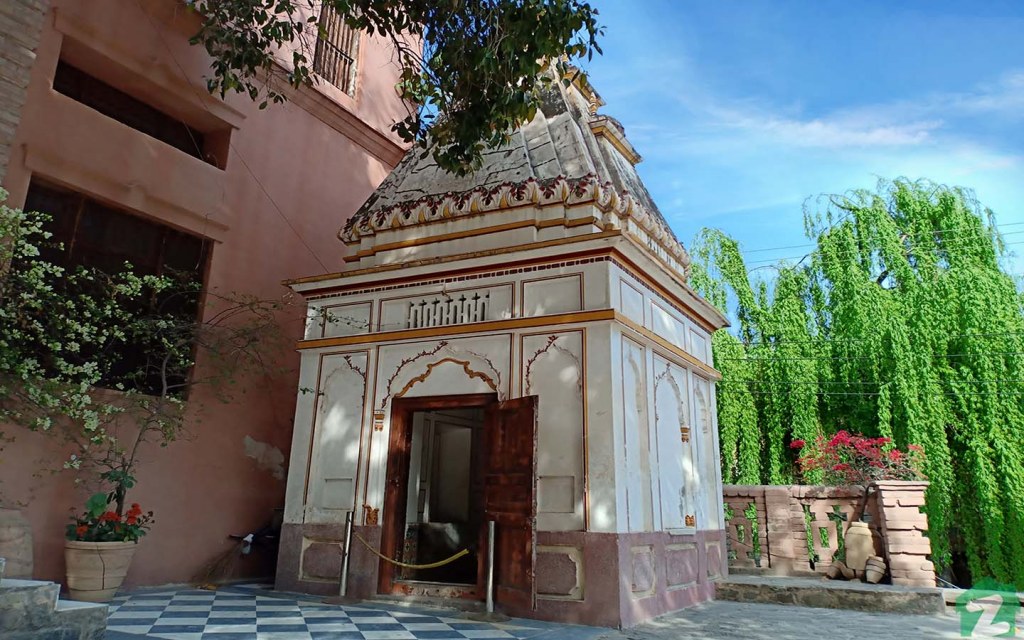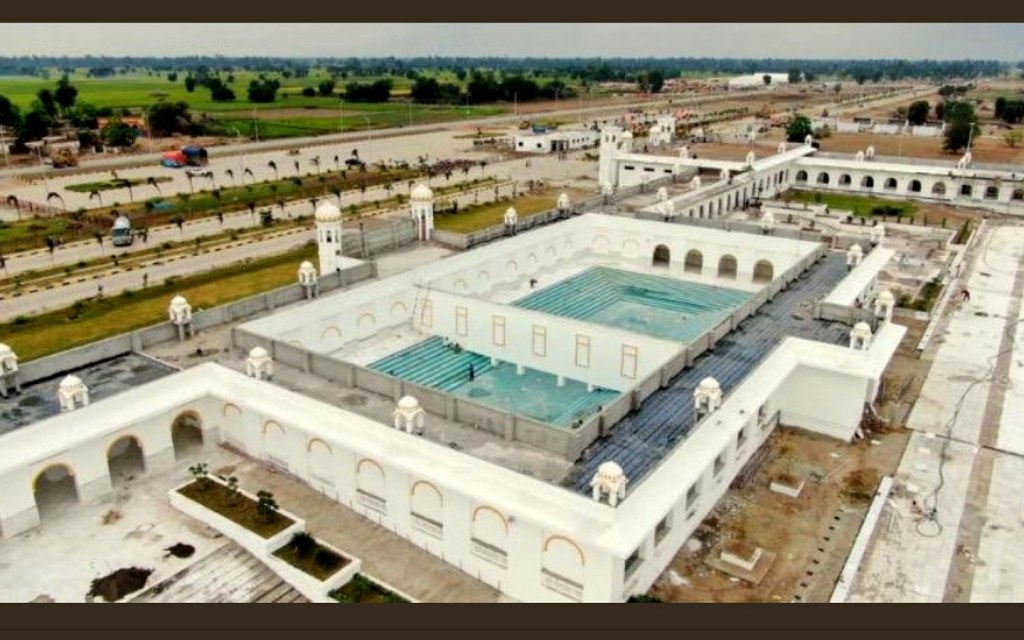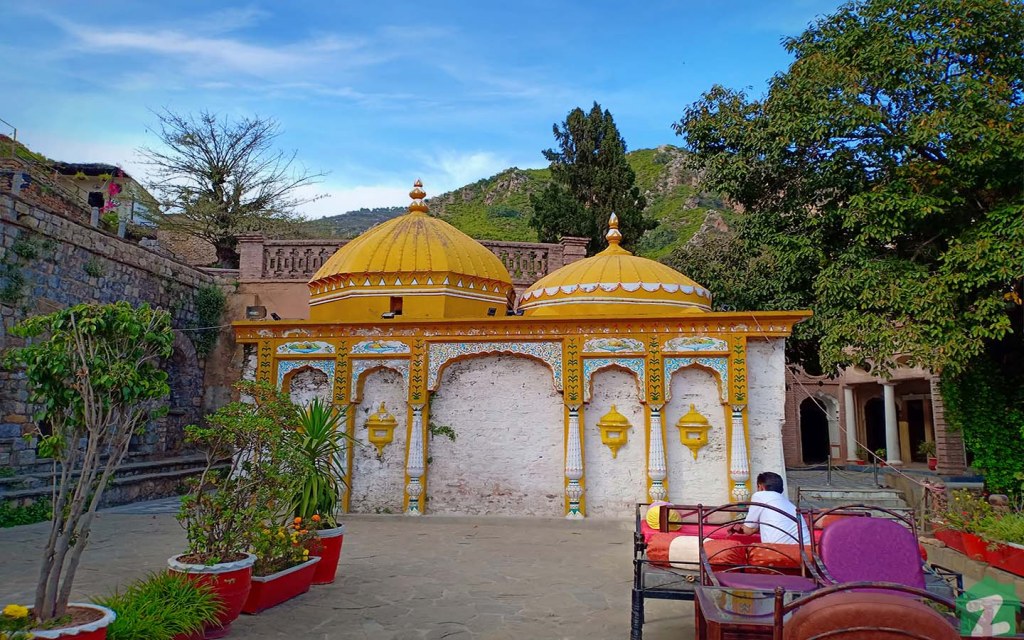Punjab’s Tourism and Archaeology Department (TAD) has announced that it will start working on reviving and promoting religious tourism in Pakistan. To that end, a comprehensive plan for restoring 11 religious sites, sacred to various faiths, has been unveiled. The announcement of such a plan is not something new for the incumbent government as its tourism policies are primarily focused on socio-economic uplift, as well as upholding and celebrating the rich cultural heritage of the country.
This is the first time that any government has dedicated itself to reviving religious tourism, and in this blog, we will cover the planned proposals, sites, and the many ways Pakistan’s tourism sector is expanding for the benefit of the people.
REVIVING RELIGIOUS TOURISM IN PAKISTAN

Pakistan is home to a large number of ethnicities, cultural festivals, religious sites, and languages. This diversity is what gives the country its uniqueness—rooted in centuries of settlements by nations who passed these regions. The settlers came and developed their places of worship, got the locals accustomed to their rituals, and have over the decades contributed to the many cultural flavors that are celebrated under the umbrella of being Pakistani. You will see a number of festivities all year round such as Holi, Christmas, Easter, Diwali, and the likes, being celebrated alongside Eids. This eclectic mix of festivities is something that has been enshrined in the very ethos of Pakistan.
Present-day Pakistan is divided into four provinces, which are further divided into districts, tehsils and cities. Thousands of years ago, these provinces, districts and cities were part of great civilizations. Pakistan’s Harappa is home to the oldest-known man-made society, the Indus Valley Civilization which is a remarkable cultural asset for the country. This is a protected area, however, most sites have not been so lucky. Subjected to low upkeep, a lot of historic religious sites have been a victim of decay. For this reason, the government at various levels is working extensively on restoring all such sites.
The new proposed plan by the Punjab Tourism for Economic Growth Project (PTEGP) will mainly cover these 11 sites:
- Gurdwara Nankana Sahib, Rohri Sahib, Sacha Sauda
- Katas Raj temple
- Taxila Museum
- Bibi Jawindi Uch Sharif
- Darbar Khwaja Ghulam Farid
- Qila Kohna Qasim Bagh
- Mata Kaur Sahib
- Tilla Joggian
- Bhai Karam Singh
- Choa Sahib
Moreover, the PTEGP is also working to rehabilitate six roads leading to religious sites at a total cost of PKR 833 million. The birthplace of Maharaja Ranjeet Singh in Gujranwala has also been directed for conservation.
As a number of sites have already been restored, and are living proof of Pakistan’s religious harmony, let’s explore each of these, and understand what they mean for the local population.
POPULAR PLACES FOR RELIGIOUS TOURISM IN PAKISTAN
Over the years, many of Pakistan’s heritage sites have been restored and well kept so people can practice their religion openly. These include:

This is a sacred place for Sikhs as the founder of Sikhism, Baba Guru Nanak developed the first commune here in the year 1504. To cater to the Sikh community in India and Pakistan, on 9th November 2019 Prime Minister Imran Khan launched this corridor. Under this, the Sikhs coming from India are allowed visa-free entry to Kartarpur, and the motel facilities also allow for them to stay here as well.
Among many things, the visa-free entry from India has boosted Pakistan’s reputation on inter-faith harmony, internationally.
- Nankana Sahib
The Gurdwara of Nankana Sahib is another sacred place for Sikhs, located in Nankana city of the district by the same name. It has been named after the first Guru of the Sikhs, Guru Nanak, who was born in the city and first began preaching here. Gurdwara Nankana Sahib might be a sacred place for Sikhs, however, it holds sentimental value for people of other beliefs as well who visit the place regularly. The prime minister laid the foundation of Nankana Sahib University here in October 2019.
- Gurdwara Panja Sahib

This gurdwara is located in Hasan Abdal, in Punjab. As the name implies, it is famous for its hand imprint, which belongs to Guru Nanak. The Gurdwara was named Panja Sahib by Hari Singh Nalwa, a famous Sikh general, who is also believed to have built the first gurdwara here. It is one of the three holiest sites in Sikhism, after Nankana Sahib in Sheikhupura, and the Golden Temple in India. During April, Sikhs from all over the world come here to celebrate the birth of Khalsa, purity.
Gurdwara Nankana Sahib and Panja Singh are very similar in design and architecture. Once you visit, you’ll realise that the similarity in design translates to oneness between the believers of Sikhism.
This city is located in present-day Punjab, and was established under the Kingdom of Gandhara. It, therefore, is of special significance for Buddhism. Originally, it was called Takshashila, meaning the ‘City of Cut Stone’, and had been governed under several different empires, with each wanting to benefit from the convenient trade route it offered within South and Central Asia.
There are a number of excavated sites and attractions in this city that the tourists visit regularly. These sites include; Bhirmound, Sirkap, Sirsukh, Dharmarajika Stupa, Kunala Stupa, Mohra Moradu Stupa, Jaulian Stupa, Jandial Temple, and Taxila Museum. In 1980, Taxila City was declared a UNESCO World Heritage Site, and the government has made concerted efforts to keep its sites protected.
- Katas Raj Temples

The Shri Katas Raj Temples is a complex of several temples, connected by walkways in Kallar Kahar, Punjab. Combined, these are also called Qila Katas. The temple complex surrounds a pond, Katas, which is regarded as sacred by Hindus. Many believe that it was created from the teardrops of Shiva as he wandered across the world, after the death of his wife, Sati.
Apart from the story of Shiva, a number of prominent traditions have been linked with these temples. The area around Katas Raj holds special significance for the Hindus, as a number of springs in this region carry tales that have religious importance.
These are some of the many famous temples in Pakistan that are greatly-revered by Pakistan’s Hindu community. The sites are open to the public, and people of all religions regularly visit this locality as it contains remnants of past civilizations.
- Sadho Belo Temple
Sadh Belo is a temple that is situated on the Indus River, near Sukkur. This island temple is Pakistan’s third-largest temple as the entire complex is made of eight smaller ones, along with a library, dining areas, a huge garden, along with rooms and residences for monks as well as travelers or pilgrims.
Members of Sindh’s Hindu community pay regular visits to this temple. Sometimes, pilgrims from across the border also come to visit. For non-Hindu visitors, permission from Pakistan Hindu Panchayat is needed to enter the premises. As this is an old temple, in 2013, Pakistan’s Waqf Board supervised major renovations and repairs of the site.
These religious sites have been around for centuries, and over the years Pakistan’s various governments have strived to keep the sanctity of these places intact. However, the present government has now realized that more efforts are needed to revive much older sites, which have been significant in the region’s history. What is unique about the incumbent government’s plans is how the excavation and restoration of these sites have been linked to catering tourism. Thus, a number of dynamic tourism initiatives have been launched across the country.
PLANS TO BOLSTER RELIGIOUS TOURISM IN PAKISTAN

Of the many initiatives, the recently launched Al Beruni Radius is a unique policy initiative that is aimed at reviving religious tourism in the country. The “Heritage Trail” at the ‘Al-Biruni’ point of Jhelum’s Nandana Qila will pass through Nandana Fort and Temple, Shiva Temple of Katas Raj, Khewra Salt Mines, Malot Fort & Temples, and Takht-e-Babri. A similar tourism trail by the name of Gandhara Trail is now being launched which will cover and reconstruct old Buddhist sites.



![WhatsApp Group Link Join 2021 [Active WhatsApp Groups Join]](https://blogger.googleusercontent.com/img/b/R29vZ2xl/AVvXsEgfiiS1UZoajXcqab9z2G7ZoBW9C0po_loOK7ZFwFPUbEpM07PPzOZ91xPtoj06ZQHBGaEfRhmDlZhuHoJdwbtWcmk05pa0Zsxyy25IwIfE1C1lrofFHgSLAGyhS6eO9M_No8TPxkLww0k/w100/Entertainment-WhatsApp-Group-Links.png)


0 Comments